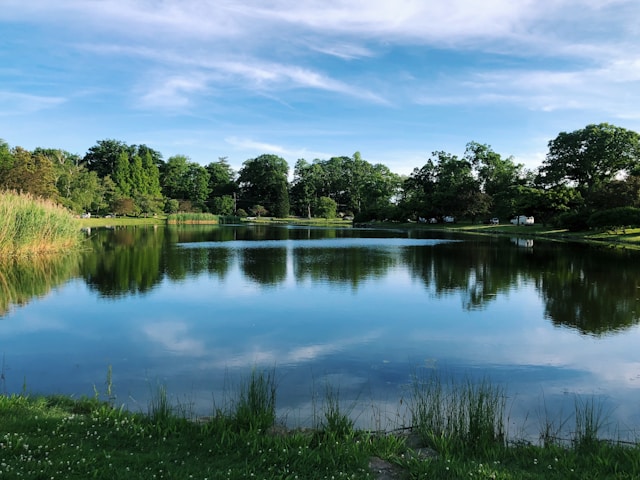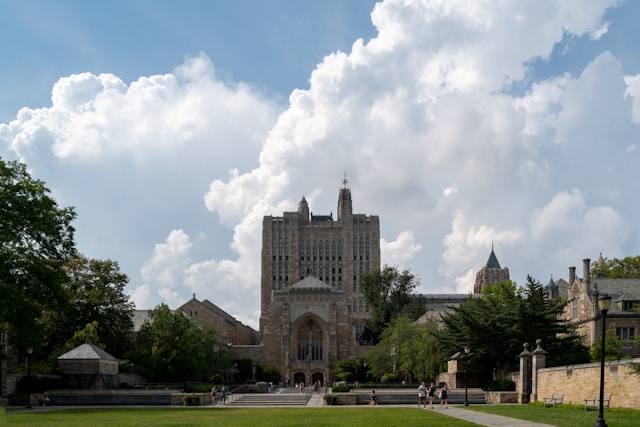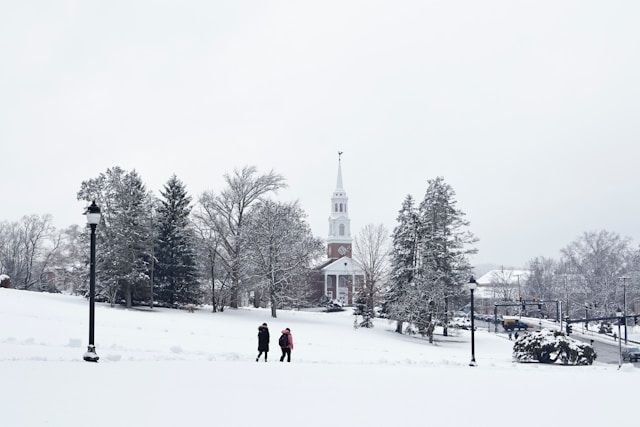November’s almost here, and Connecticut folks—like just about everyone else in the country—will soon go through the usual routine of turning clocks back for the end of daylight saving time.
Plenty of people wonder if we should keep doing this, but nothing’s changed at the federal level yet. So, towns from Hartford to Stamford will still “fall back” by an hour on the first Sunday in November.
Explore top-rated stays with no booking fees and instant confirmation. Your dream trip starts here!
Start Exploring Now
Let’s get into what this time change actually means, what lawmakers are talking about, and how it hits daily life in Connecticut.
When the Time Change Happens
The switch from daylight saving time to standard time lands right at 2:00 a.m. on the first Sunday in November.
At that moment, everyone sets their clocks back one hour. That gives us an extra hour of sleep—nice, right?
Folks in New Haven, Waterbury, and Bridgeport will notice brighter mornings, at least for a bit, but evenings get darker as winter creeps in.
Practical Tips for Connecticut Residents
A little planning makes the shift less annoying.
Try easing your sleep schedule a few days before the change, especially if you’ve got kids in Norwalk or Danbury who struggle with new routines.
- Swap out batteries in clocks and devices that don’t update themselves.
- Double-check outdoor lighting timers, whether it’s for your Stamford home or business.
- Brace for earlier sunsets, especially if you’re commuting from New London after work.
The Debate Over Daylight Saving Time
Texas gets a lot of headlines lately about daylight saving time, but Connecticut’s had similar talks.
Lawmakers here have tossed around the idea of following states that want to stick with daylight saving time all year. But there’s a big catch: Congress has to sign off on any state’s move to permanent daylight saving time.
Without that green light, every state—including ours—has to keep flipping clocks back and forth.
Arguments For and Against Change
Some folks think a permanent time would help with health, safety, and maybe even energy bills.
In places like Meriden and Middletown, fewer clock changes could mean smoother mornings and better sleep. But others point out that **permanent daylight saving time** would leave us with darker mornings for much of the year.
That could be a problem for schoolkids waiting at bus stops before sunrise. It’s not an easy call.
The Status of Federal Action
There’s the Sunshine Protection Act floating around Congress, aiming to stop the clock changes nationwide.
But it’s just sitting there—no real progress. So, towns all over Connecticut, whether you’re in coastal Greenwich or way up in Torrington, still have to reset clocks twice a year.
Why Federal Approval Matters
States can choose to stay on standard time year-round without asking Congress, but going permanent with daylight saving time? That needs federal approval.
Most proposals aim for year-round daylight saving time, so we’re stuck until Congress decides to move.
Looking Ahead for Connecticut
All over the state—from Hartford’s busy streets to Mystic’s quiet shoreline—we’re getting ready to “fall back.”
Commuters will deal with darker evenings, and parents might have to tweak bedtime routines for their kids. Businesses could see shifts in foot traffic or energy use, too.
Making the Most of the Extra Hour
Connecticut residents get one small perk in the midst of all the debate: an extra hour of rest. Maybe you’ll spend it strolling through autumn leaves in Litchfield.
Or you could grab coffee in a New Haven café. Honestly, just sleeping in sounds pretty good too.
Here is the source article for this story: Do we have to ‘fall back?’ Where Texas stands with saylight saving time
Find available hotels and vacation homes instantly. No fees, best rates guaranteed!
Check Availability Now








